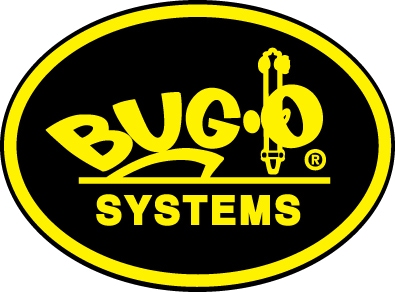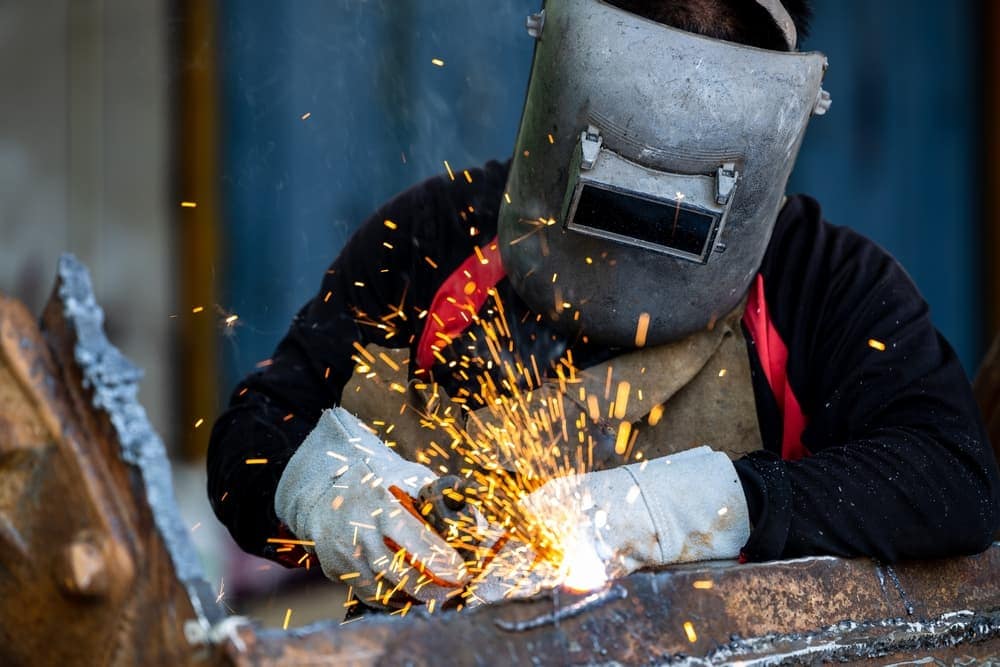As an industrial manufacturer, you know that welding is a major component of the manufacturing process. The right type of welding can join materials quickly and economically while providing the highest strength and durability.
Knowing which types of welding are best suited to specific projects can make all the difference in ensuring success. That’s why it’s important to understand the various types of welding available for manufacturers today. In this post, we will explore some common types of welding used in fabrication.
Importance of Welding for Manufacturing Companies
Welding is an important part of the manufacturing process. It provides a strong connection between two pieces of metal that can withstand a variety of stressors, such as heat, pressure, and vibration. Welded joints are also much more reliable than other joints, like rivets or bolts.
Welding ensures that your products have the strength and durability to last for years. This is why it’s essential for manufacturers to understand the various types of welding available and how they should be used in their projects.
Types of Welding for Manufacturers
By understanding the various types of welding available for manufacturers today, you can ensure success with your projects. With the right welding method, you can join materials quickly and economically while providing high levels of strength and durability. Knowing how each type should be used will also help prevent costly mistakes.
Welding can be performed in various ways, depending on the material being joined. Here are some of the most common types of welding used in manufacturing:
FCAW
Flux Cored Arc Welding (FCAW) is a semi-automatic process similar to MAG welding. FCAW uses a continuous wire-fed electrode and a constant voltage welding power supply, generating an electric arc between the electrode and the base material. This helps to create strong, durable welds in materials ranging from thin sheet aluminum to thick section stainless steel.
GMAW
Gas metal arc welding (GMAW) is a welding process in which an electric arc forms between a continuous feed wire (electrode) and the base material (plate to be welded). This electric arm heats up the wire and the base metal, melting them and causing them to fuse (join). This welding process requires a shielding gas to prevent the exposure of the weld to oxygen, hydrogen, and other gasses in the air. The interaction of these elements with the weld can cause a variety of problems.
Improve Efficiency for Your Welding Needs with Bug-O
Once you understand the various types of welding available, you can determine which type is best suited for your projects. And with the right equipment and technology, you can increase efficiency and reduce costs.
Bug-O Systems has been in business since 1948. We manufacture a system of drives, carriages, rails, and attachments designed to mechanize welding guns, cutting torches, and other hand-held tools. This innovative system allows manufacturers to move their tools around a job site easily while maintaining accuracy and repeatability.
Related Articles
Mechanized Welding Process: Improving Production & Quality
Difference Between Welding Mechanization vs. Automation
The Importance of a Proper Weld Setup for Fabrication
Bug-O Products that Support Different Types of Welding Positions
Types of Welding for Manufacturing Companies
Shipbuilding Welding Process: Main Types and How to Improve Production
Pressure Vessel Welding: What Is It and How It Helps in Fabrication


Recent Comments